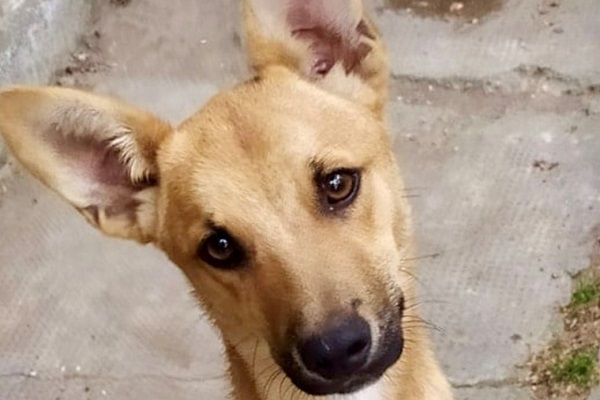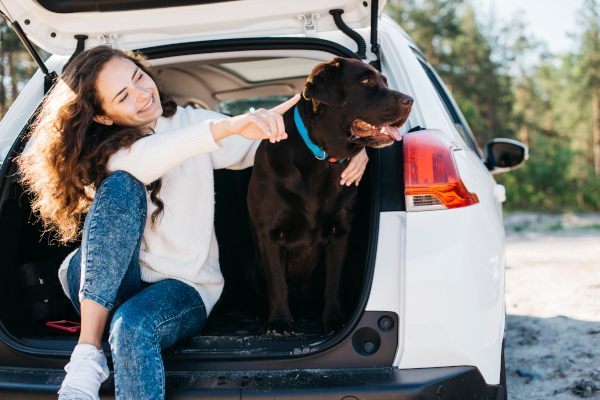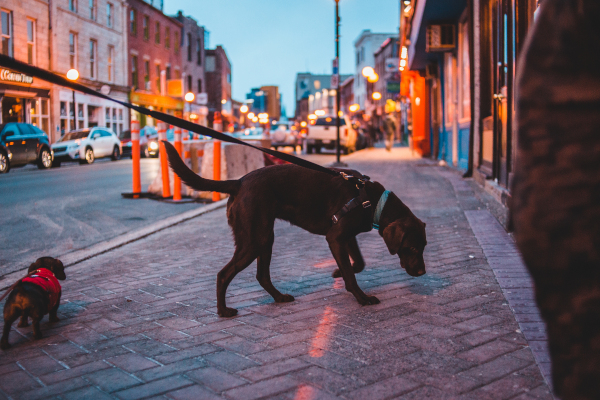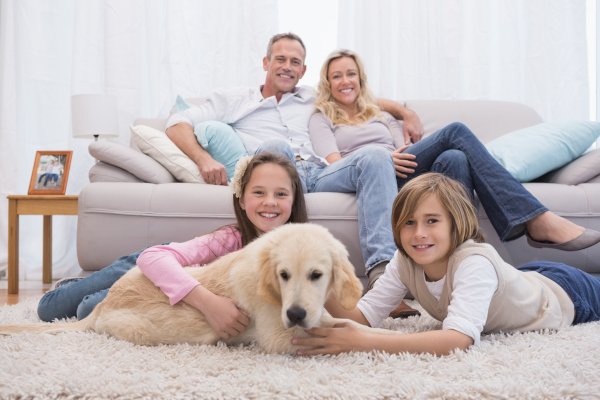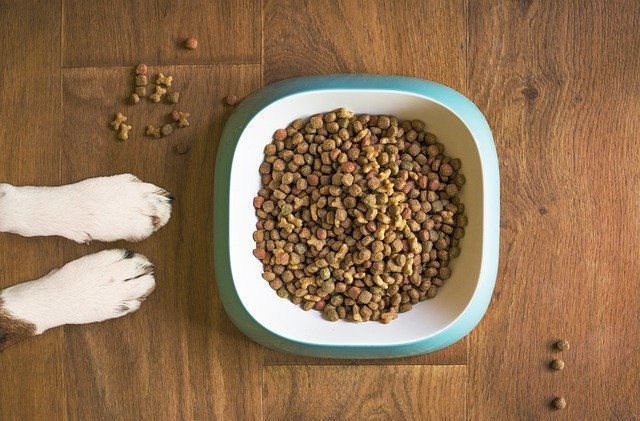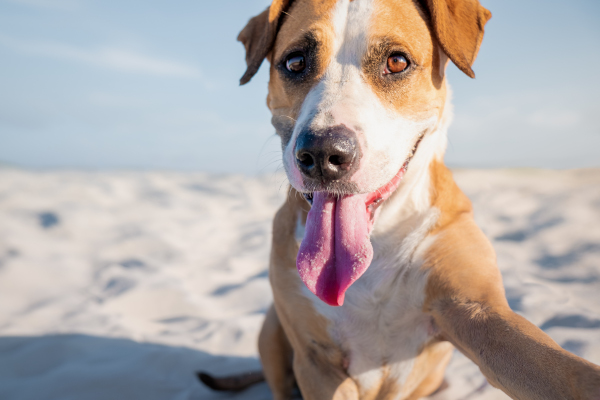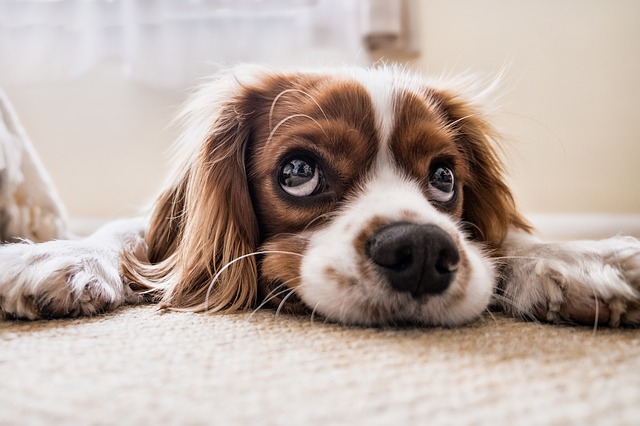It’s getting to that time of the year where the nights are drawing in and the clocks have gone back and by the time most of us get back from work it will be dark, but our dogs still need to have their daily walks.
The safety of both ourselves and our dogs is paramount and our advice to you at Lincs training – Dog Training Made Easy is to make sure that you and your dogs are highly visible
Both you and your dogs should wear high visibility jackets or light-coloured clothing with reflective bands or patches and your dog should have a reflective collar so that you can be seen by any approaching vehicles, both cars and bicycles, from a distance.
There are also many other proprietary visibility items, such as flashing collars, discs and leads available in all good Pet Shops and now also available in some supermarkets. Wearing these will help to ensure that you can be seen at distance by the traffic.
We are not great lovers of flexi-leads, whereas these may be all right in open spaces, on roads and pavements they can be lethal, as the dog can at any time just bolt into the road, chasing a cat, dog, bird , squirrel, a leaf or even a shadow into the path of an oncoming vehicle.
This is even more critical in the dark, as the oncoming vehicle will probably have less time to see you dog. Walk with your dog near to you , preferably to heel. If you’re walking on your own, keep to well-lit areas and also as another safety precaution, change your route from time to time.
Please remember to be a responsible dog owner and always pick up your dog’s poo, you should always carry a poo bag (and at least one spare) tro cover these eventualities, as dogs do what comes naturally and not always where you want them to.
There are now local by-laws in force, where you can be fined for not being in possession of a poo bag when walking your dog, even if your dog has not done its business. You must pick up after your dog everywhere, except on arable land, in the road where the speed limit exceeds 30mph and of course your own property. If caught, you could be liable to a fine of up to £1,000.
Another concern at this time of year are fireworks – no longer are these confined to the 5th November, they have already started and will be going off and on until the New Year. If you have a nervous dog and there is the likelihood of fireworks, don’t go for an evening walk, go for a walk in the morning or during the day, if you can. It is much better to miss a walk than to have a dog that will be scared to go out for an evening walk in the future.
Fireworks nowadays can be very noisy, so find a place where your dog can settle securely in the house, in his own cage or basket away from the noise if possible and give it all the reassurance it needs.
Not all dogs are frightened of the noise and flashes of the fireworks, within our own dogs we have those who will happily go out to watch the fireworks and others that bury themselves in their cages until the fireworks are long finished. If you are particularly concerned, we would suggest, that you ask your vet if there is any suitable medication available which may help to calm your dog down in these circumstances.
Another hazard that will soon be with us is the salt and other road treatments used to prevent or to de-ice the roads and footpaths. Please remember to wash your dog’s paws and feet after walking, to get rid of these salts, etc. which are toxic to dogs if ingested.
The dog’s natural reaction is to clean themselves up, which could lead to problems and necessitate treatment at the vets.
Please Keep Safe


